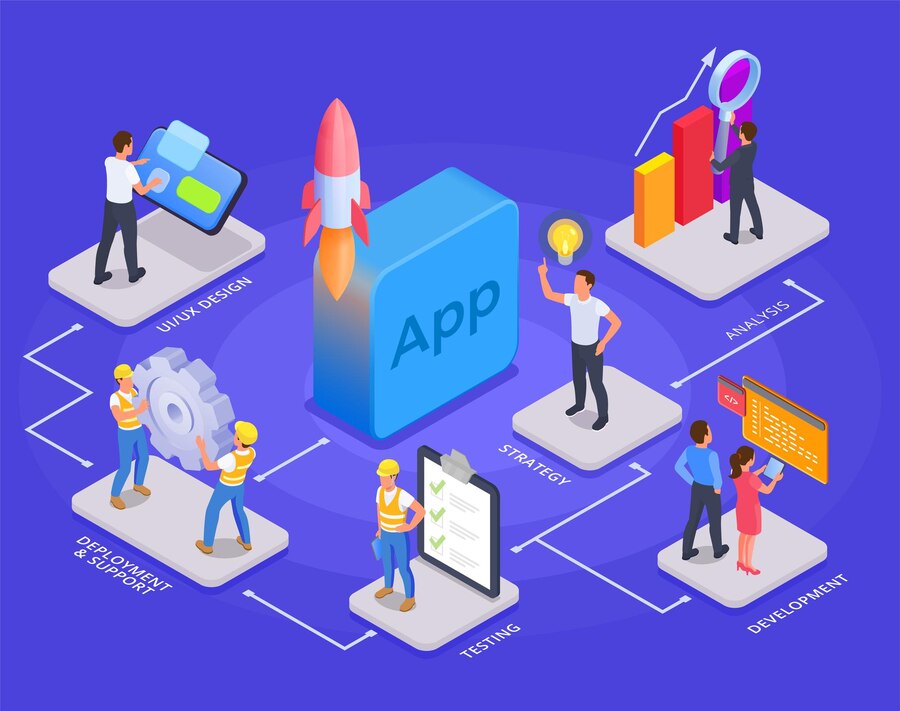Introduction
Desktop virtualization is a technology that has revolutionized the way businesses and individuals use computers. It offers numerous advantages, from improved security to enhanced flexibility and cost-efficiency. In this article, we will delve into what desktop virtualization is and explore the various Types of Desktop Virtualization that have emerged to meet diverse user needs.
What is Desktop Virtualization?
Desktop virtualization, also known as VDI (Virtual Desktop Infrastructure), is a computing technology that enables multiple virtual desktops to run on a single physical machine. In simpler terms, it separates the user’s desktop environment (including the operating system, applications, and data) from the physical device, typically a PC or server. This separation allows for greater flexibility, scalability, and centralized management.
Types of Desktop Virtualization
1. Hosted Virtual Desktop (HVD):
Hosted Virtual Desktop, also known as Client-Side Virtualization, is one of the most common forms of Desktop Virtualization. In this model, the virtual desktops run on remote servers, also referred to as host servers, and are accessed by end-users through thin client devices like desktop computers, laptops, or even mobile devices. Some key advantages of HVD include centralized management, improved security, and the ability to access the desktop environment from anywhere with an internet connection.
2. Hosted Shared Virtual Desktop:
Hosted Shared Virtual Desktop is a variation of HVD, where multiple users share a single virtualized instance of an operating system. Each user has their own user profile and applications, but they share the same OS instance and hardware resources. This approach is particularly beneficial in scenarios where users have similar requirements and can efficiently utilize shared resources, reducing overall infrastructure costs.
3. Local Virtual Desktop (LVD):
Unlike HVD, Local Virtual Desktop runs directly on the user’s local device. It is commonly referred to as Type 2 Hypervisor or Client-Side Virtualization. Users can create and manage their virtual desktops on their local machines, using software like VMware Workstation or Oracle VirtualBox. LVD is suitable for scenarios where users require greater customization and control over their desktop environment.
4. Remote Desktop Services (RDS):
Remote Desktop Services, formerly known as Terminal Services, is a desktop virtualization technology offered by Microsoft. RDS allows multiple users to access a shared Windows Server operating system remotely. Each user has their own session, and they can run applications and access data as if they were using their own desktops. RDS is commonly used in businesses to centralize application management and reduce software licensing costs.
5. Application Virtualization:
Application Virtualization isolates and runs individual applications in a virtualized environment, separate from the underlying operating system. Users can access these applications on their local devices without interfering with the host OS or other applications. This approach simplifies application deployment, enhances security, and minimizes compatibility issues.
Benefits of Desktop Virtualization
1. Cost-Efficiency: Desktop virtualization reduces hardware and maintenance costs by consolidating resources and extending the lifespan of older hardware.
2. Enhanced Security: Centralized management and control of virtual desktops make it easier to enforce security policies, updates, and data backups, reducing the risk of data breaches.
3. Flexibility and Mobility: Users can access their virtual desktops from anywhere, using any device with an internet connection, providing greater flexibility for remote work and BYOD (Bring Your Own Device) policies.
4. Scalability: It is easier to scale up or down based on the organization’s needs, making it cost-effective for businesses of all sizes.
5. Disaster Recovery: Virtual desktops can be quickly restored in case of hardware failure or other disasters, minimizing downtime.
6. Simplified IT Management: IT administrators can manage and troubleshoot desktops centrally, reducing the time and effort required for routine maintenance.
Conclusion
Desktop virtualization has become a crucial technology in today’s rapidly evolving digital landscape. Its various forms, including Hosted Virtual Desktop, Hosted Shared Virtual Desktop, Local Virtual Desktop, Remote Desktop Services, and Application Virtualization, offer a range of solutions to meet the diverse needs of businesses and individuals alike. With benefits such as cost-efficiency, enhanced security, flexibility, and simplified management, desktop virtualization continues to shape the way we work and interact with technology. As the technology continues to evolve, it will likely play an even more significant role in our digital lives.





